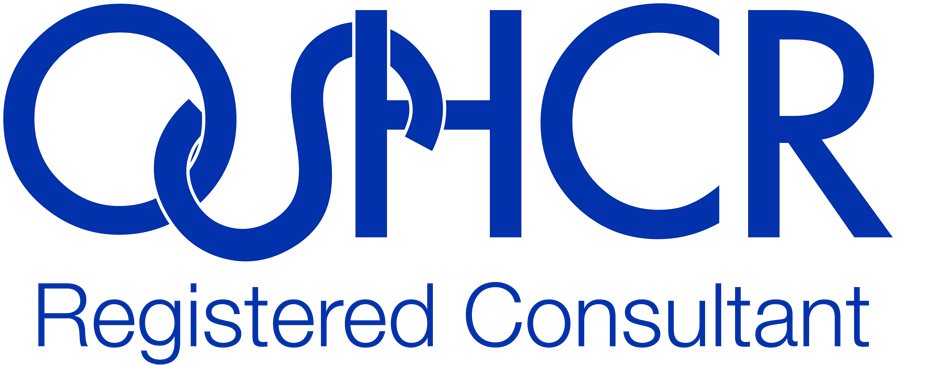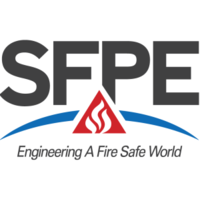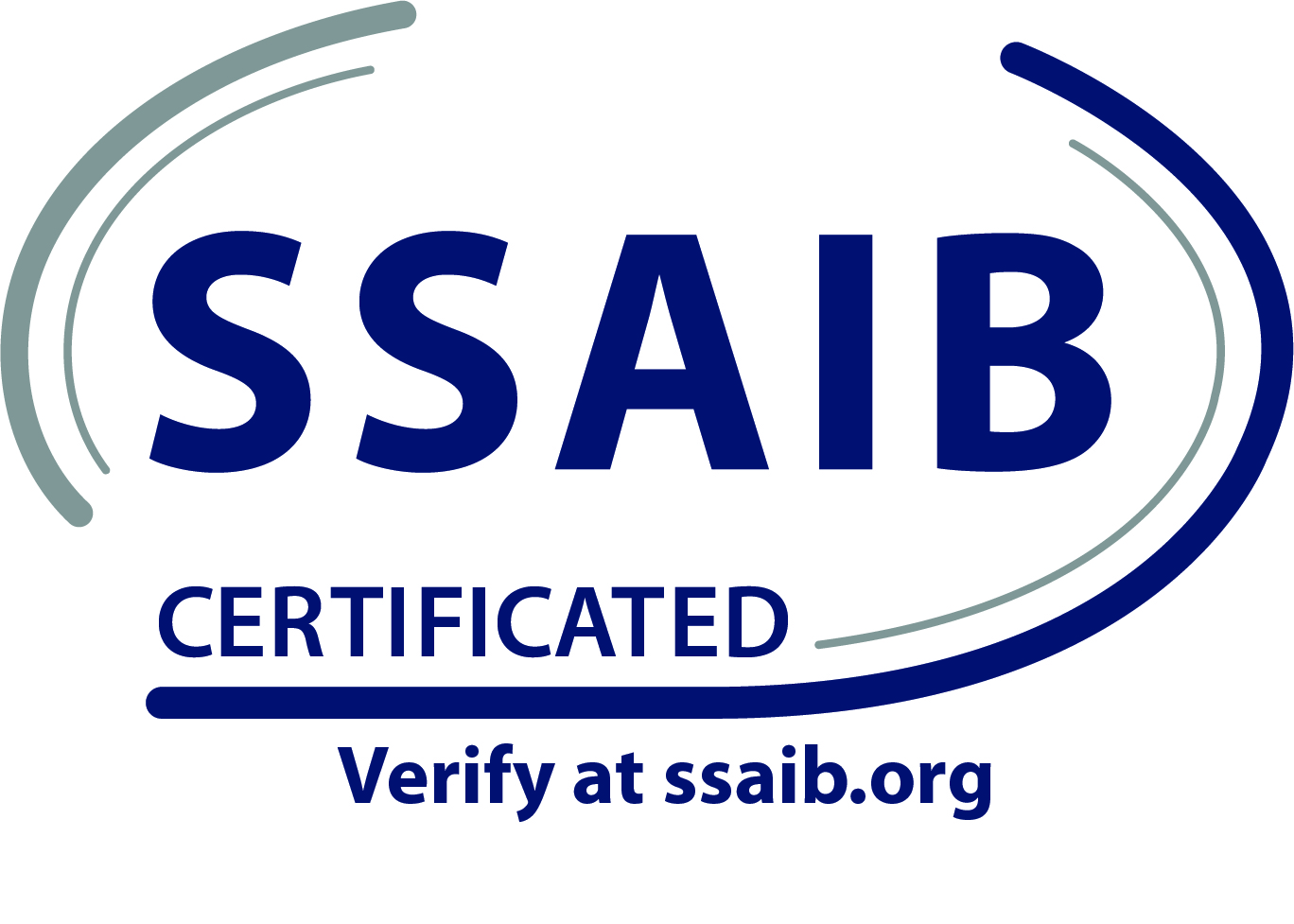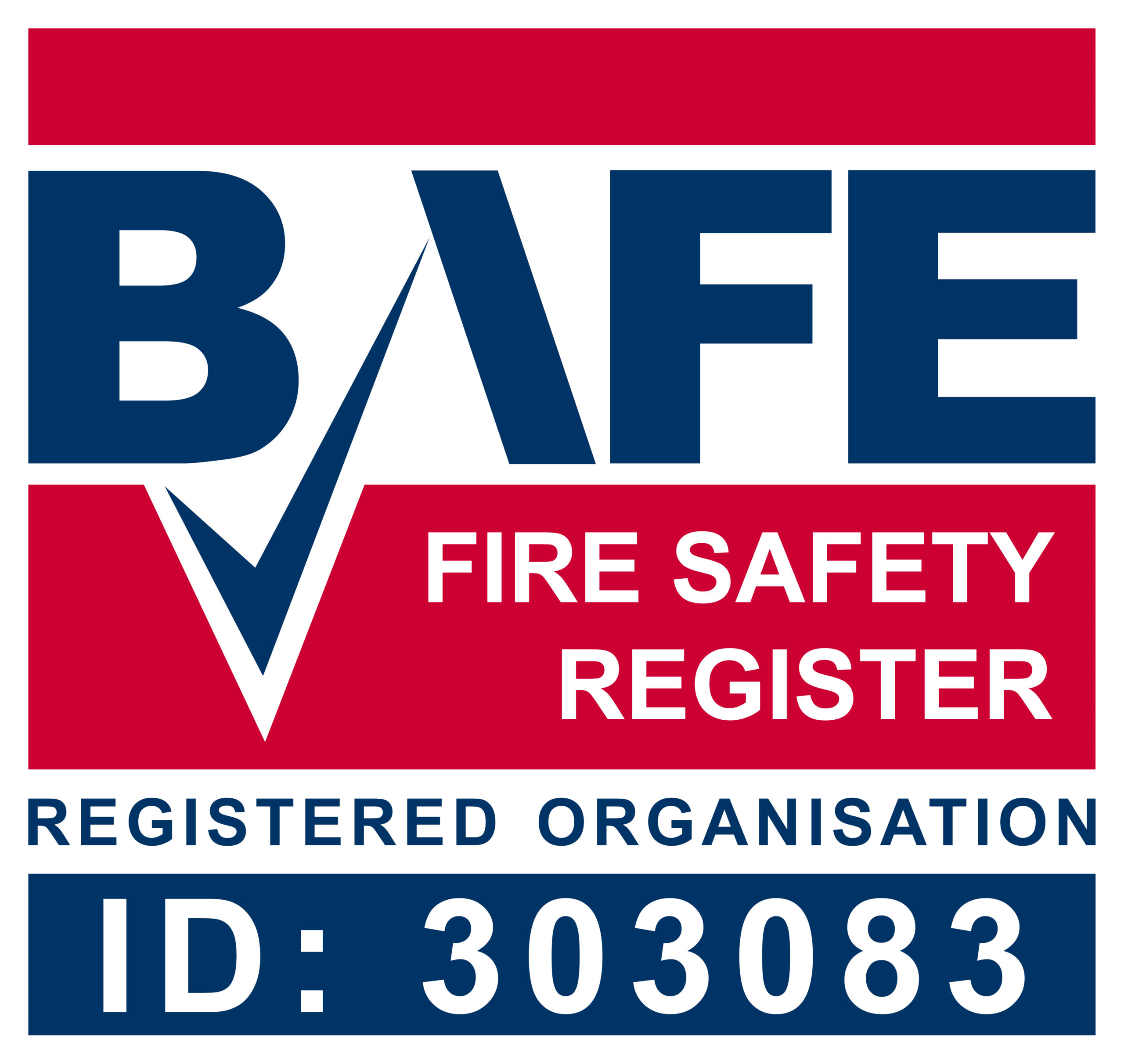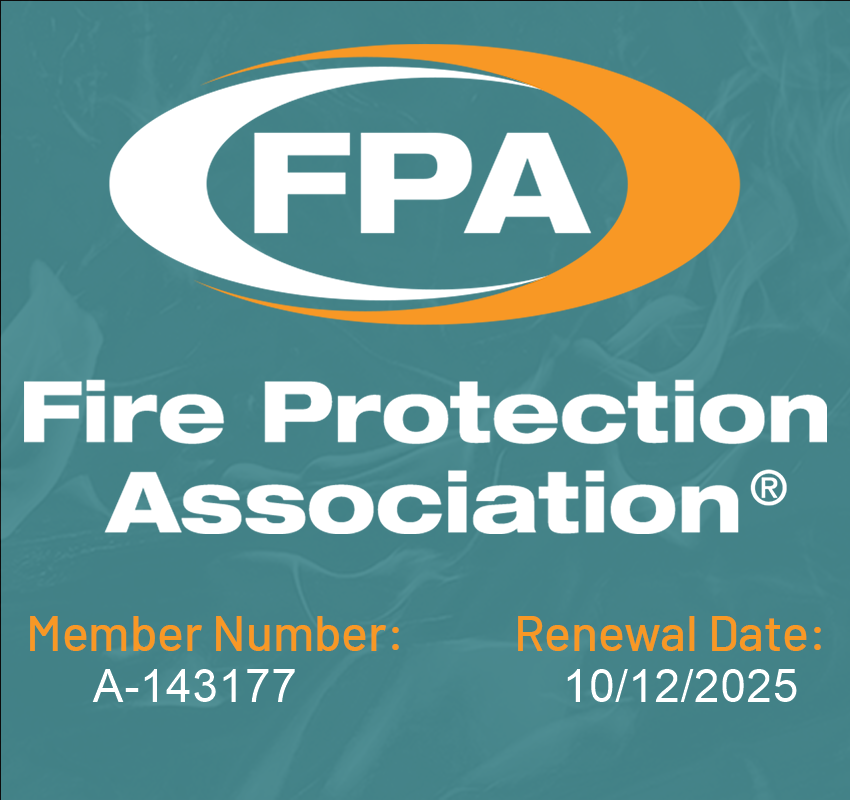The Importance of Fire Risk Assessments for Complex Buildings
Imagine you own a complex building. It has multiple floors, numerous rooms, and a variety of occupants with different needs. Now imagine a fire breaking out in that building.
How prepared are you to handle such a situation? You’ll know what to do if you have a fire risk assessment (FRA). An FRA is a document that identifies fire risks in a given building.
It considers the physical fire precautions in place, the dependency of the occupants, the fire hazards present, and the availability of sufficient and appropriately trained staff. In other words, an FRA is necessary for ensuring the safety of complex buildings.
Why are FRAs Important?
Fires in complex buildings can be hazardous due to the number of occupants and the potential for confusion during an evacuation. That’s why these types of facilities need to have a well-thought-out FRA in place.
An FRA can help you identify risks you may not have considered before and develop contingency plans for dealing with them. For example, your complex includes a daycare centre. In the event of a fire, you would need to have a plan to evacuate the adults and children. This would require coordination between staff and close communication with parents or guardians of the children.
An FRA can help you develop a plan so everyone knows what to do in an emergency.
How to Develop an FRA
If you don’t already have an FRA in place for your complex building, there are a few things you need to do to get started.
- First, you must identify who will be responsible for conducting the assessment and drafting the final report. This should be someone with experience in fire safety and an understanding your building’s layout and operations.
- Next, you must gather information about your building, including its floor plans, occupancy levels, and evacuation routes.
- You’ll also need to identify potential fire hazards and assess how they could impact occupants and firefighters.
- Once you have all this information, you can begin developing your FRA.
Make sure to include details about how fires will be prevented, what steps will be taken in case one does break out, who will be responsible for each task, and how evacuation procedures will be handled.
It’s also important to review your FRA regularly and update it as needed to remain accurate and relevant.
Fire Risk Assessments Help You Comply with the Law
In many jurisdictions, fire risk assessments are required by law. Building owners and managers must ensure their buildings are safe, including assessing the risks and taking steps to mitigate them.
If you don’t carry out a fire risk assessment, you could be fined or even jailed. If there is a fire, and it’s found that you didn’t take steps to assess and mitigate the risks, you could be sued by the victims or their families.
In short, it’s in your best interest to ensure your building is up to the fire code, starting with a fire risk assessment. So, if you haven’t already started this process for your complex building, it’s time to get started.
If you follow this checklist, you should be able to develop an FRA that supports your safety plan and keeps the complex building occupants safe from fire and injury.
Fire Risk Assessments Help You Keep Your Tenants Safe
Your tenants are counting on you to keep them safe, which means taking steps to prevent fires and limit the damage if it occurs.
A fire risk assessment can help you identify potential hazards in your building, so you can take steps to mitigate them. It can also help you develop an evacuation plan, so everyone knows what to do in the event of a fire.
By taking these steps, you can help keep your tenants safe and reduce your liability if a fire does occur. After all, that keeps your tenants happy and your building flourishing.
Fire Risk Assessments Help You Save Money
No one wants to think about the financial impact of a fire, but the reality is that fires can be very costly.
In addition to the cost of repairs, you may also have to deal with lost rent while your tenants are displaced. You may face a hefty lawsuit if someone is injured in the fire. And if the cause of the fire is found to be negligence on your part, your insurance rates could skyrocket.
A fire risk assessment can help you avoid all of these costs by identifying potential hazards and helping you take steps to mitigate them.
Conclusion
A fire risk assessment is essential in protecting your building from fire danger. Not only are they required by law in many regions, but they can also help you save money in the long run.
So, what are you waiting for? It’s time to get started. If you’re interested in getting a fire risk assessment for your building, please contact us; we’ll be happy to help.


